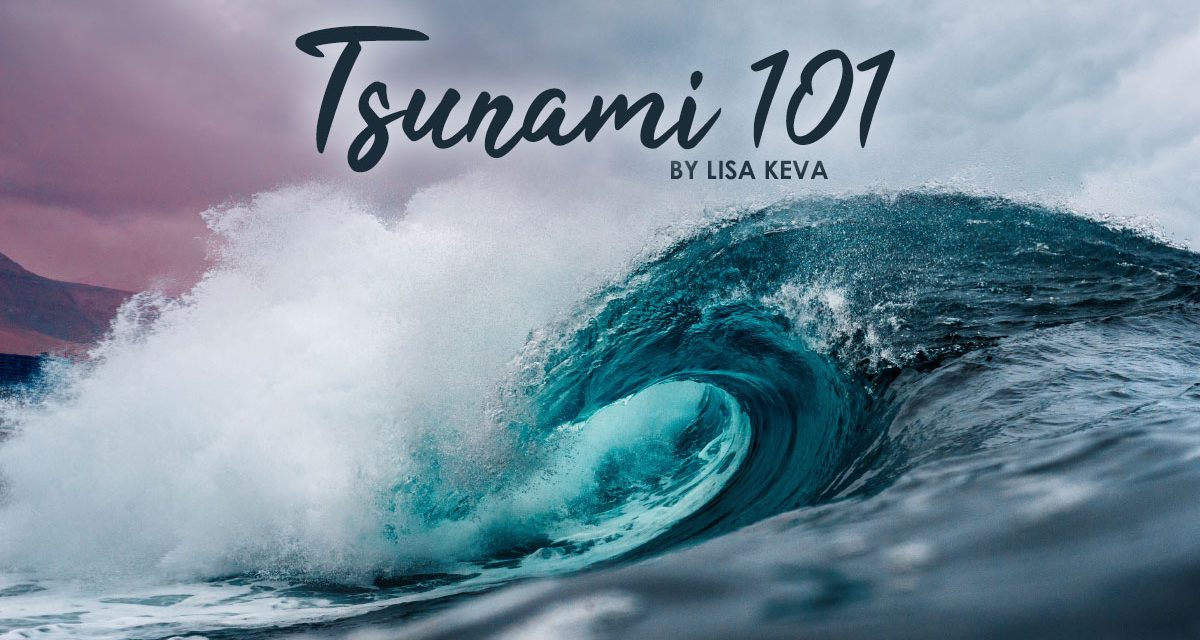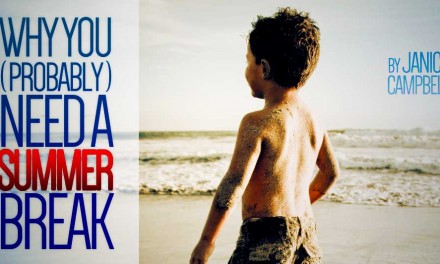Curious kids want to know how the world moves and shakes!
In the quest to keep your child curious and learning more about the earth, and to help you answer their questions, here is Tsunami 101.
What in the world is this thing called a tsunami? Simply put, a tsunami is a wall (or a series of walls) of traveling water.
The name tsunami (The “t” is silent.) comes from Japan and means “harbor wave”. The event itself is called a “tsunami” and the series of waves called a wave train. Earthquakes and volcanic eruptions above or below the water have the ability to create this phenomenon by the movement of volumes of water in a large lake or ocean. This differs from normal waves in that instead of being created by the wind or tides, it is the forceful displacement of water.
Every coastal area and river estuary can be potentially threatened by a tsunami. However, they are most likely to happen on shores located near areas with active earthquakes or volcanoes. Almost three quarters of the world tsunamis occur in the Pacific Ocean.
A tsunami can travel at speeds of 500 mph or more on the open ocean and about 45 mph as they reach the shoreline. These powerful, crashing waves gain strength and height as they enter shallow water closer to the shoreline, with heights from 10 – 70 feet. Whatever is in the path of this giant will most likely be destroyed and pulled into the ocean.
There is a popular myth that one can ride out a tsunami in a boat. If the boat is deep at sea, the tsunami can seem like a normal wave. However, when a tsunami reaches shallow waters near a coastline, the energy created within the wave begins to pile up which enables the wave to grow in height. Thus, if a boat were to be closer to the shallow waters, it would be picked up and carried inland like anything else on the shoreline.
Some famous tsunamis are:
Sumatra, Indonesia – December 26, 2004
North Pacific Coast, Japan – March 11, 2011
Krakatoa, Indonesia – August 27, 1883
No doubt about it, tsunamis are fascinating. Though loss of life and property many times occur with this force of nature, it is another way our earth moves and shakes!
You can check out many other science resources at Rainbow Resource Center!





